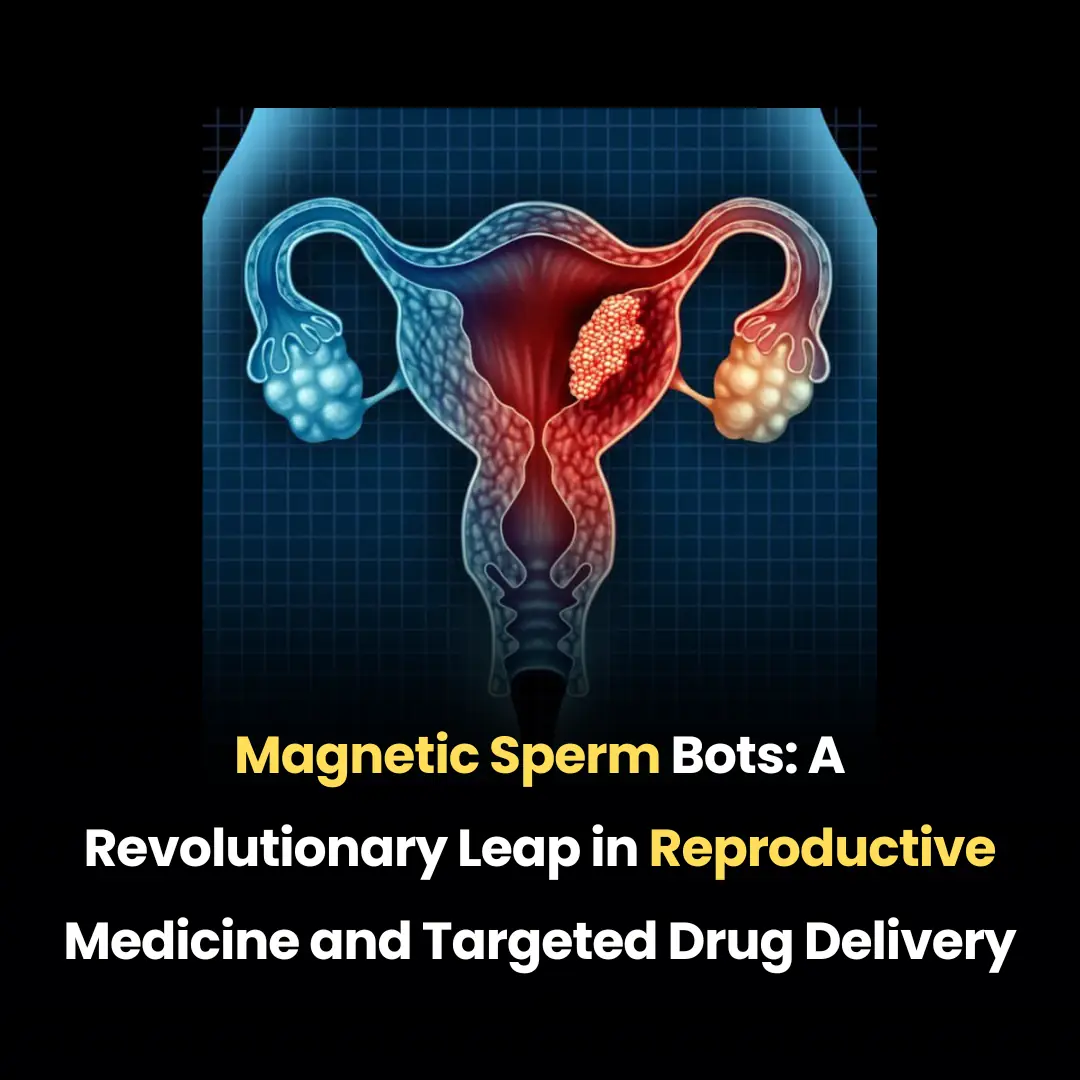
The Molecular Blueprint of Regrowth: How Axolotls Regenerate Entire Limbs
Axolotls possess one of the most extraordinary abilities in the animal kingdom: the power to regenerate entire limbs with full functionality, including bones, muscles, nerves, and skin. Recent research has begun to clarify the molecular logic that allows these amphibians to rebuild complex body structures with remarkable precision. A newly published study has identified two central players in this process—retinoic acid, a signaling molecule involved in development, and CYP26B1, an enzyme that regulates retinoic acid levels. Together, these molecules create a biochemical map that guides the axolotl through the regeneration sequence.
Scientists found that CYP26B1 shapes a gradient of retinoic acid, effectively telling the regenerating limb how much structure needs to be rebuilt. This gradient functions as a positional cue: depending on the concentration detected in the damaged region, the axolotl can determine whether to regenerate just a fingertip, an entire hand, or a full arm. Without this tightly controlled chemical balance, the regrowth process could become disorganized or incomplete. The discovery provides one of the clearest explanations so far for how axolotls achieve such highly accurate patterning during regeneration.
The research also draws attention to the involvement of the Shox gene, a developmental gene known for its role in skeletal formation in vertebrates. During the axolotl’s regenerative process, Shox becomes reactivated, helping orchestrate the rebuilding of limb structures with their correct proportions and orientations. Although Shox alone does not account for the entire regenerative capability, its activation provides an essential layer of regulation that ensures new tissues form in the proper configuration, mirroring the original limb.
One of the most compelling aspects of this discovery is that humans share many of these same genetic and molecular pathways. While humans cannot naturally regenerate limbs, the presence of conserved genes such as Shox and conserved pathways involving retinoic acid signaling suggests that the underlying biological “toolkit” still exists within our genome. This raises the possibility that, with deeper scientific understanding, a future may emerge in which severe injuries—currently resulting in scarring, amputation, or loss of function—could instead trigger controlled tissue regeneration.
This line of research marks an important milestone in regenerative biology. It demonstrates how studying a highly regenerative species like the axolotl can reveal principles relevant to human medicine and tissue engineering. The findings not only deepen our understanding of developmental biology but also establish a foundation for future therapies aimed at stimulating regeneration in humans. Whether the goal is repairing damaged organs, regrowing tissues, or treating degenerative conditions, insights from axolotl research continue to illuminate new pathways toward medical breakthroughs.
Ultimately, this work underscores the value of fundamental biological research—the kind that investigates how nature solves complex problems. By unraveling the molecular mechanisms behind axolotl limb regeneration, scientists are moving closer to unlocking the human body’s latent capacity to repair itself. What currently seems like science fiction may one day form the basis of transformative medical treatments, with axolotls serving as a biological blueprint for healing.
News in the same category


The Hidden Dangers of Belly Fat: A Warning Sign for Metabolic Health

Breakthrough Discovery of Protective Protein Could Pave the Way for Alzheimer's Prevention

Revolutionary Ultrasound Treatment: A Non-Invasive Breakthrough in Cancer Care

Revolutionary Injectable Gel Promises Non-Surgical Solution for Joint Regeneration

Check out the best tips for using dryer sheets to clean the toilet!

Revealing Hidden HIV: A Major Step Toward Achieving a Functional Cure

If You Have These Two ‘Dimples’ on Your Lower Back

Why are some window bars curved at the bottom

When the Brain Begins to Consume Itself: The Hidden Costs of Chronic Sleep Loss

From Self-Marriage to Self-Divorce: Suellen Carey’s Viral Journey of Self-Love

The Hidden Years of Postpartum Recovery: How Motherhood Reshapes the Brain

Unattractive Traits That Can Secretly Ruin a Relationship

Beware Portuguese Man-of-War Found on Beach

Why Your Dog Stares at You …What That Look Really Means

Do You Think Like an FBI Agent

Apple and Issey Miyake Redefine Tech Fashion With the $230 iPhone Pocket

A Simple Black Blade That Saves Birds: The Surprising Wind Turbine Breakthrough
News Post
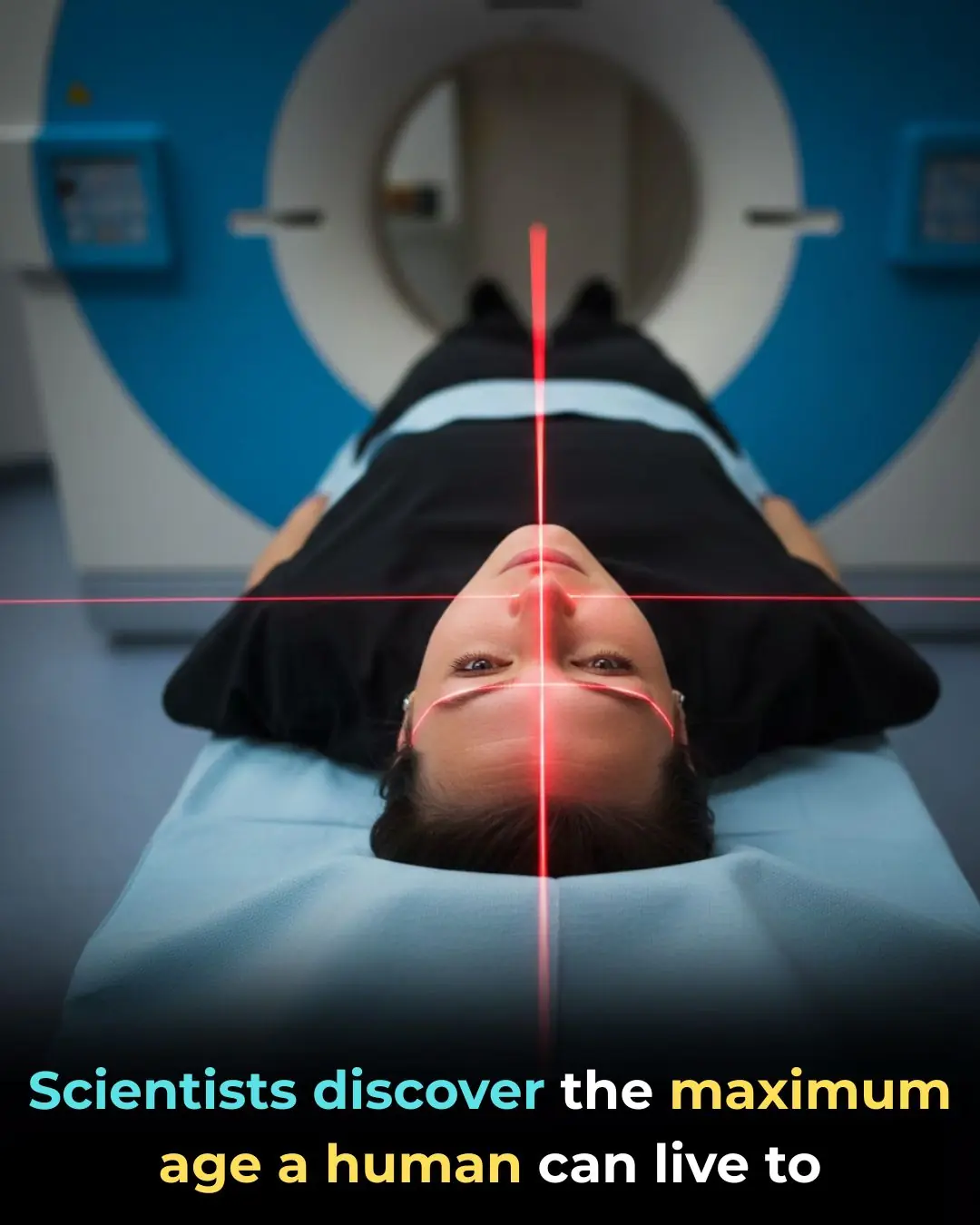
Scientists Discover The Maximum Age a Human Can Live To

The Amazing Benefits of Using Frozen Cucumber for Gua Sha: A Natural and Effective Skincare Hack

This Collagen Drink Reverses Your Age by 10 Years
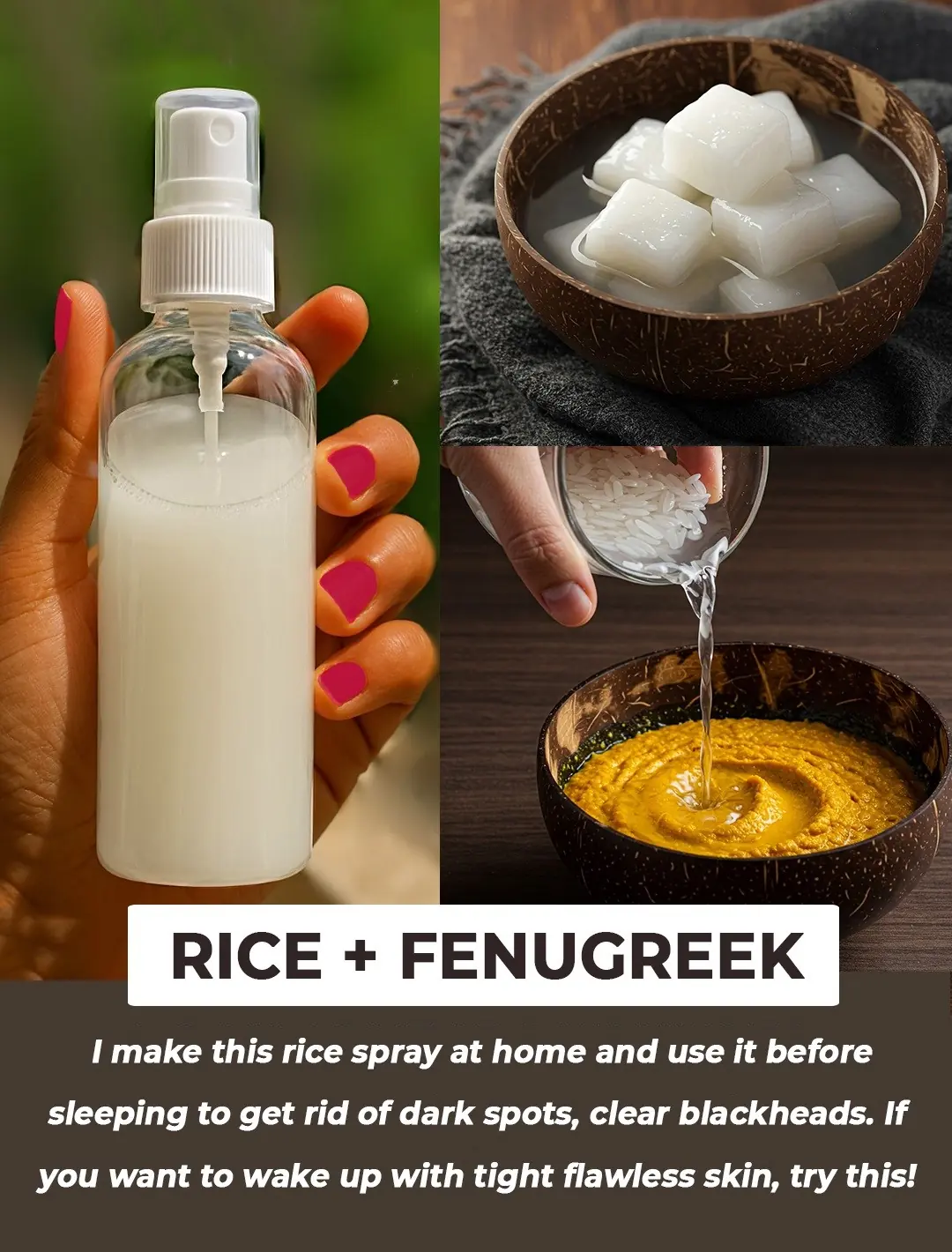
5 Ultimate Recipes Using Rice Water to Clear Dark Spots, Fade Blemishes, Erase Wrinkles and Get Gorgeous Skin

This Hair Oil Recipe Will Stop Hair Fall in Just One Use!

How to Make Potato Milk Cubes - The Ultimate DIY Remedy for Spotless Skin

Gram Flour And Fuller’s Earth Everyday Face Wash To Get Clear Skin
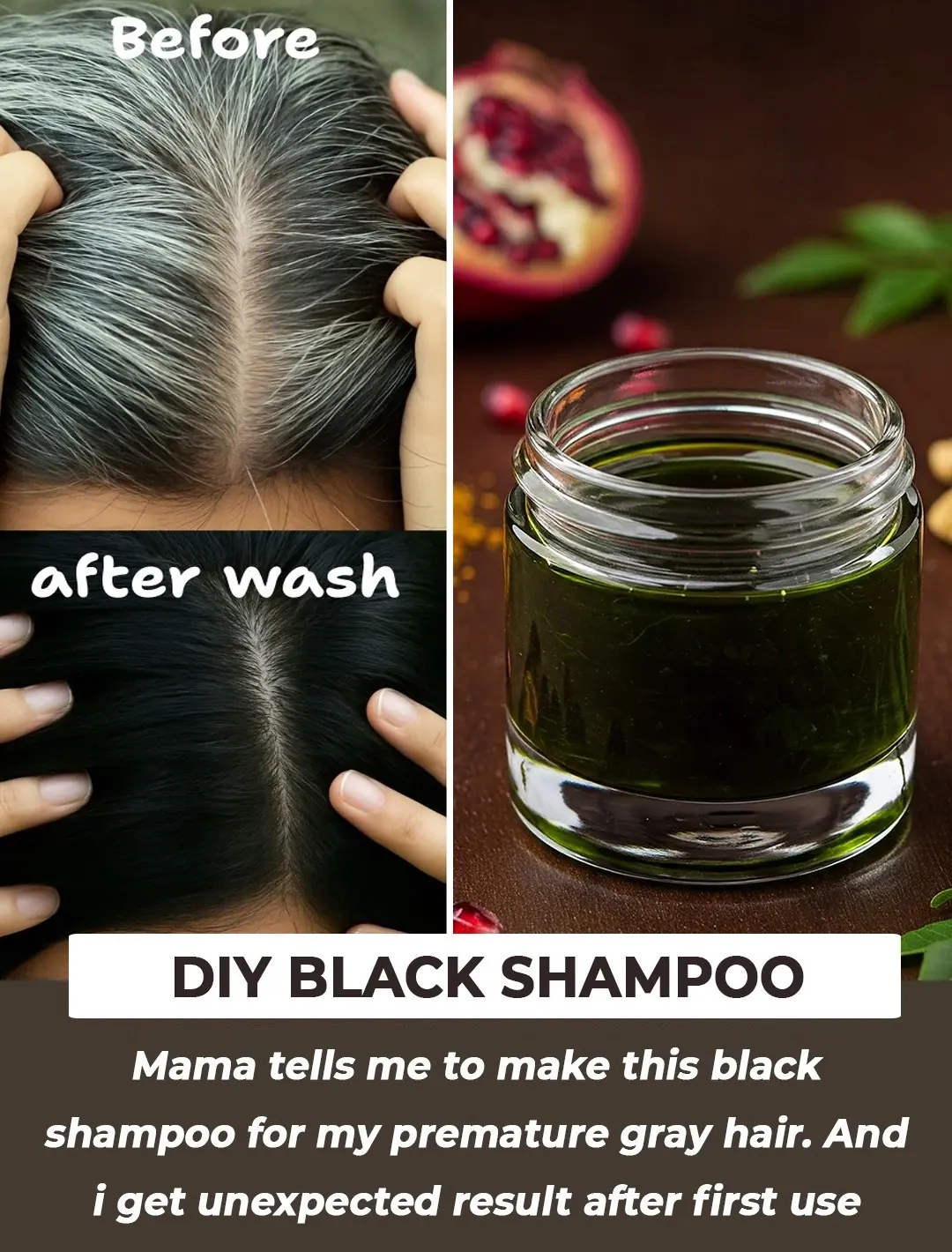
2-Minute Natural Black Shampoo for Grey Hair: A DIY Solution for Healthy, Vibrant Locks

How to Made Carrot-Vaseline Anti-Wrinkle Cream At Home: A Natural Remedy for Youthful Skin

DIY Body Whitening Bath Powder - Homemade Recipe for Glowing, and Youthful Skin

All Natural Hair Dye With Garlic Peels - Easy Recipe At Home
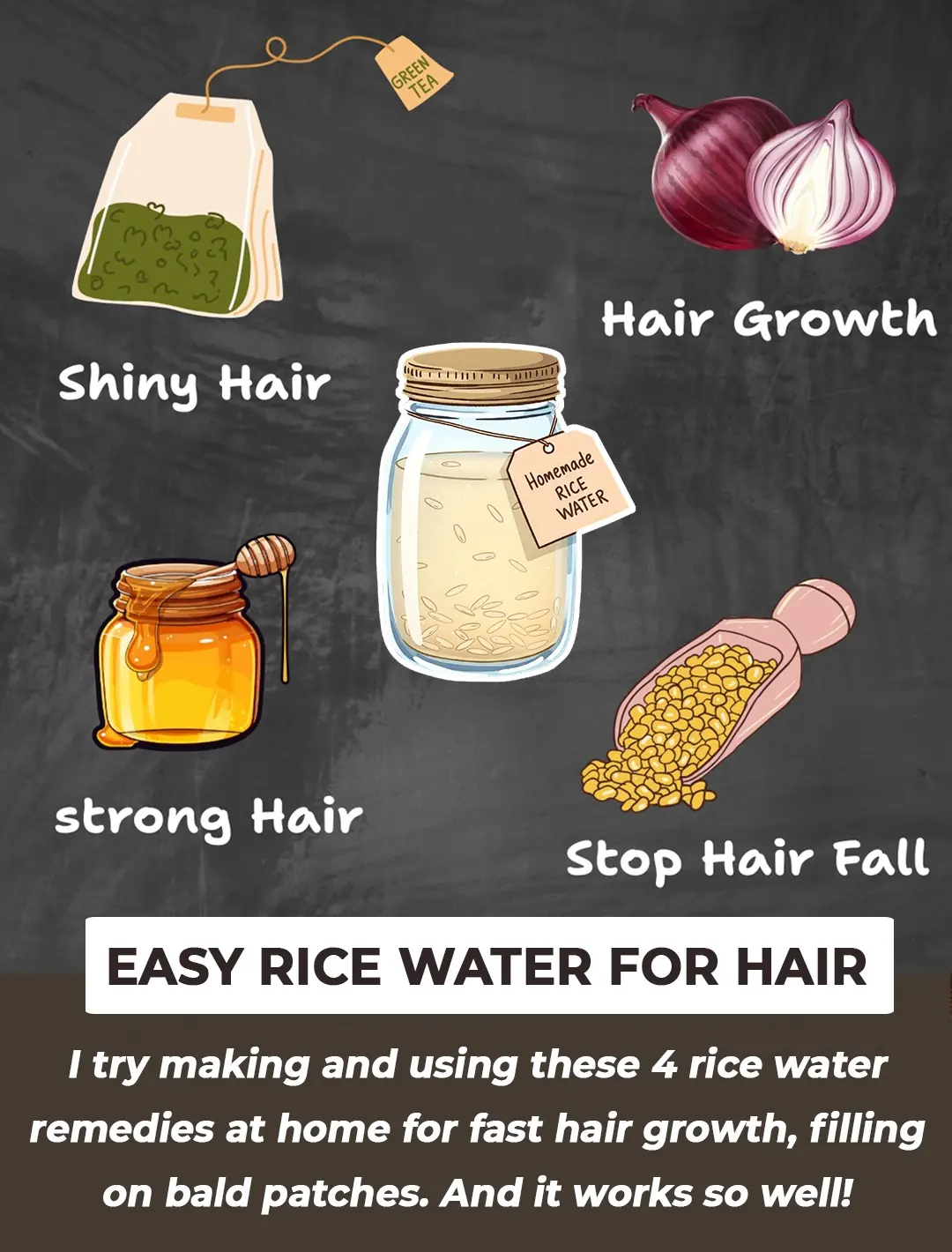
3 Recipes of Rice Water for Strong, Shiny, and Fast-Growing Hair

Get Thicker Eyelashes/Eyebrows with Vaseline and Castor Oil Serum in 1 Week

7 powerful vitamins you need for strong, healthy legs
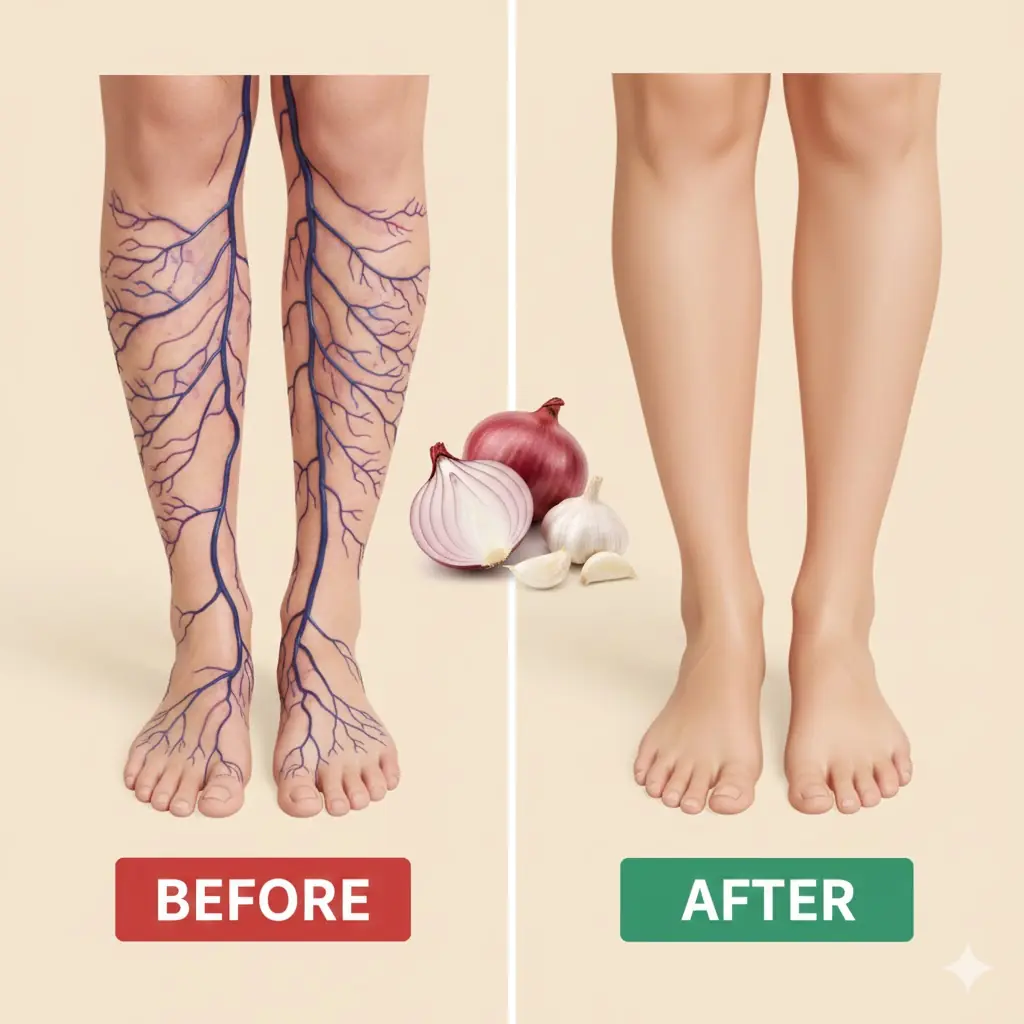
Vein Victory Elixir: Onion-Garlic-Vinegar Rituals to Banish Bulging Blues
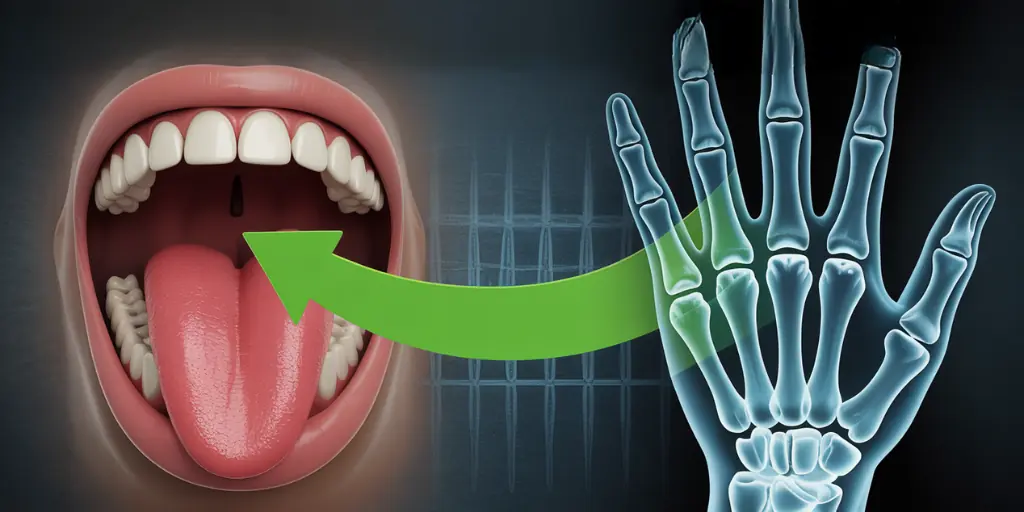
4 alarming symptoms of vitamin B12 deficiency you can’t ignore!
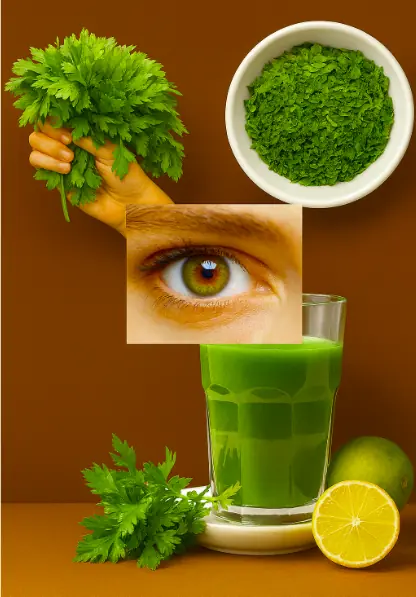
Essential Leaves for Eye Health: Nature’s Secret to Sharper Vision

Magnetic Sperm Bots: A Revolutionary Leap in Reproductive Medicine and Targeted Drug Delivery

The Hidden Dangers of Belly Fat: A Warning Sign for Metabolic Health
